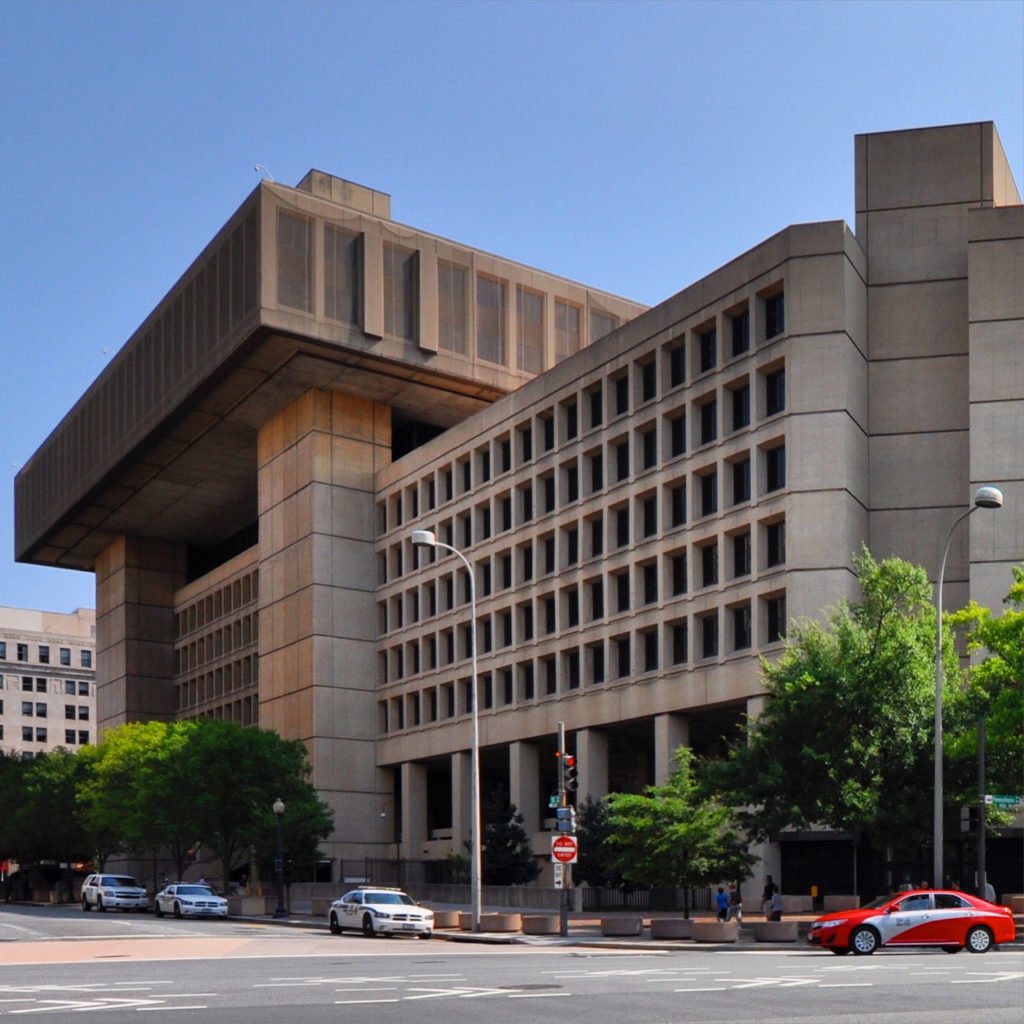Opinion
Smash the FBI Building and Stonehenge Will Be Next
THE DAILY PIC: Brutalist architecture stands for a past that matters.

THE DAILY PIC: Brutalist architecture stands for a past that matters.

Blake Gopnik

THE DAILY PIC (#1786): The other week, I wrote a New York Times piece on growing up in Moshe Safdie’s Habitat 67, and on the glories of old-time cast-concrete architecture. In passing, I praised the block-spanning FBI headquarters in Washington. That caused raised eyebrows on social media: How could I like such a “bunker” of a building, which was so very clearly an eyesore?
I could have leapt to the defense of the structure’s Brutalism, whose eccentricities I rather admire, by mentioning how all the Victorian buildings we now love were also seen as “clearly” ugly just a few decades ago. And then I got to thinking: Does aesthetic or architectural quality really have that much to do with our judgments of older buildings? After all, can we—or more importantly, do we—really defend the merits of all the Victorian buildings we are set on saving? And how about Colonial ones? It doesn’t seem right to demolish even one of those, just as it’s impossible to imagine declaring any Gothic cathedral too ugly to save. Does anyone want to sic a wrecking ball on Stonehenge, that ultimate in brutalist monuments?
It’s clear that we set a value on simple “historicity”—on the sheer fact that a structure stands for some moment in the past, and for all the meanings and values that that moment represents. Just as we preserve very old keys and candlesticks and altarpieces in our museums, pretty much regardless of their aesthetic qualities, so we need to save the buildings on our city streets that stand for who we were. Demolishing the FBI building would be like tearing up a childhood snapshot because we don’t like the clothes we were wearing in it.
Postscript: Me and a few of my peeps—Alva Noe, in a recent NPR column, plus our scholar friend Alex Nagel—have been coming to the defense of copies (or in my case, forgeries) of great works of art. Why do we attach so much importance to “originals,” we’ve asked, when reproductions, of one kind or another, may actually be just as good, sometimes better? What we may have left out of our thinking is the unique way originals symbolize our contact with the past, because they were actually there. (Photo by Deane Madsen)
For a full survey of past Daily Pics visit blakegopnik.com/archive.